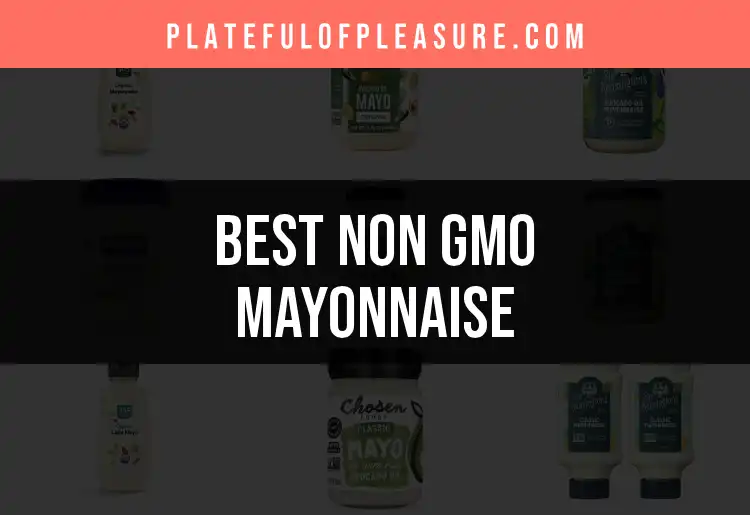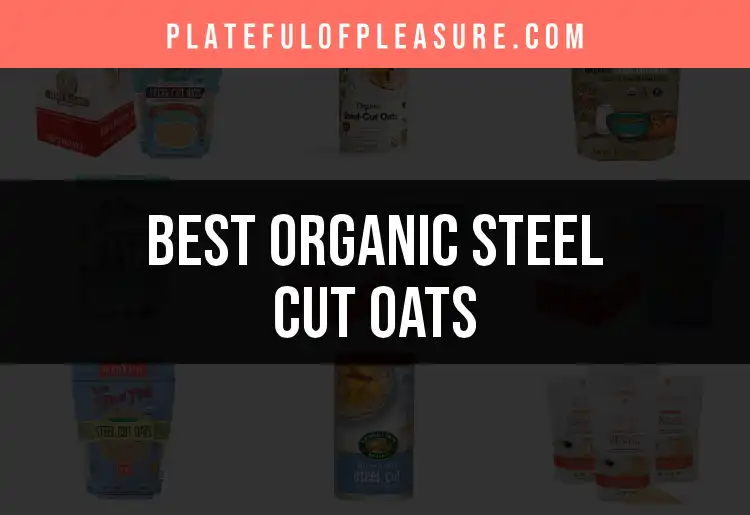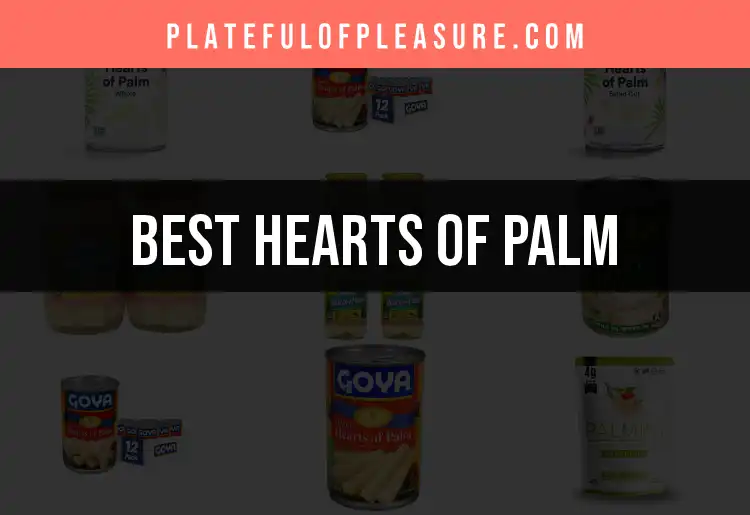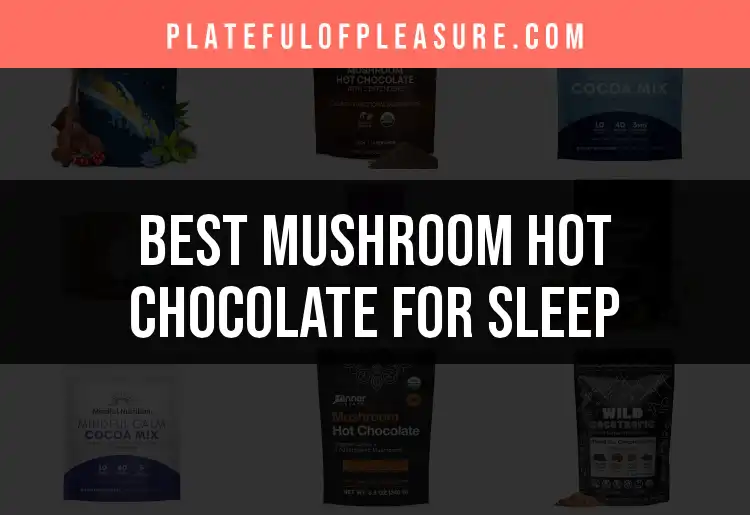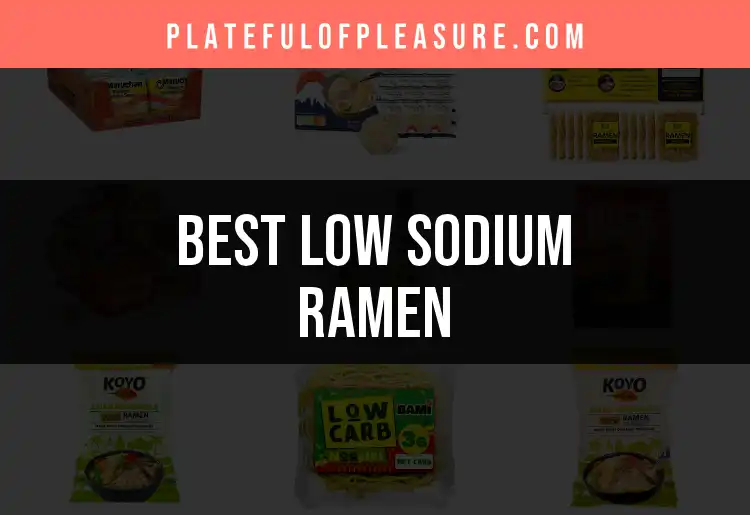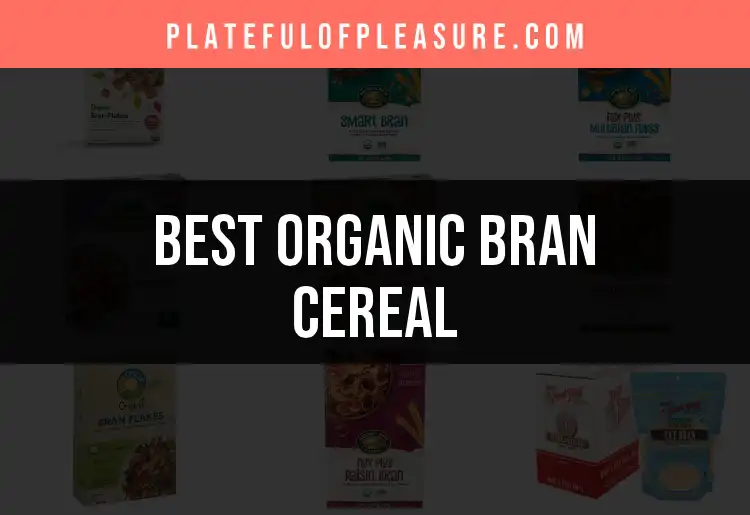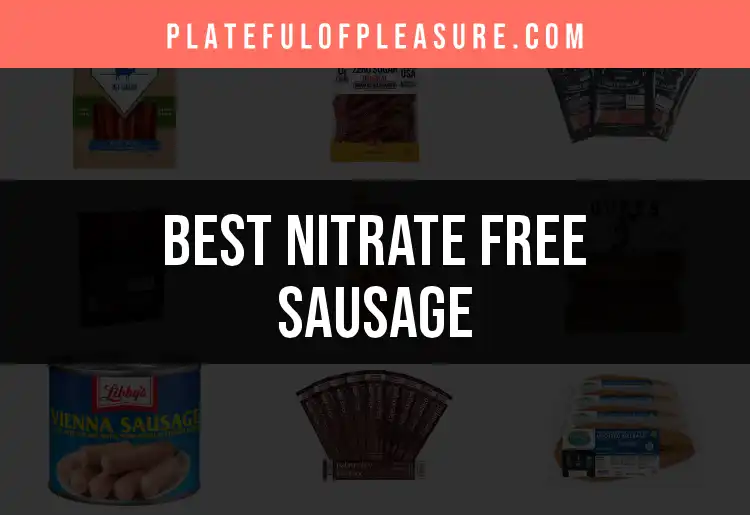Introduction to Health Foods
The journey to better health often begins with your plate. In a world filled with ultra-processed foods and hidden ingredients, the value of eating real, nourishing food has never been clearer. Health foods focus on natural, nutrient-dense options that complement a balanced lifestyle. Understanding the significance of these foods and how to incorporate them can transform not only your physical well-being but also mental clarity and energy levels.
Eating healthy isn't just a trend—it's a return to the basics, emphasizing foods as close to their original state as possible. By learning to decode modern labels, embrace nutritious habits, and shop smarter, you'll bolster immunity, enhance digestion, and support lifelong wellness.
Foundations of Healthy Eating
Understanding Nutritional Needs
Everyone's body is unique, but there are universal truths about nourishment. Macronutrients—proteins, fats, and carbohydrates—form the pillars of a healthy diet, while micronutrients such as vitamins and minerals play supporting roles.
- Proteins repair and build tissue
- Healthy fats support cell function and hormone production
- Carbohydrates fuel the body
Understanding your personal needs helps you avoid both deficiencies and excesses that could impact your wellness.
The Significance of Whole, Organic, and Minimally Processed Foods
Whole foods are those “closest to the earth.” Organic foods, while sometimes pricier, are grown without synthetic pesticides and often carry superior nutrient profiles. Minimally processed foods retain more natural nutrients and fiber, supporting digestive health and stable energy.
Reading Labels and Recognizing Quality
To make empowered choices:
- Scan ingredient lists for artificial additives or excess sugars
- Learn to spot meaningful certifications like USDA Organic and Non-GMO
- Gravitate toward short, recognizable ingredient lists
This guide includes multiple expert recommendations and details, such as how you can identify high-quality organic mayonnaise for your kitchen.
Incorporating a Variety of Superfoods
Ancient grains, vibrant berries, and power-packed seeds have all been celebrated across centuries and cultures for their beneficial properties. Introducing variety can guard against nutritional gaps and add excitement to your diet, as you’ll see with options like nutrient-rich chia seeds and wild blueberry powder.
Seeds, Nuts, and Grains
Chia Seeds
Nutritional Profile and Health Benefits
Chia seeds are tiny nutritional powerhouses—packed with omega-3 fatty acids, plant-based protein, and dietary fiber. Just a tablespoon can help stabilize blood sugar, boost satiety, and encourage healthy cholesterol levels.
Choosing the Best Chia Seed Brands
With so many choices on the shelf, it’s vital to look beyond packaging. Find out how to select top-quality chia seeds for your pantry and learn about their subtle differences in flavor, texture, and sourcing.
How to Incorporate Chia Seeds
Chia seeds are ultra-versatile:
- Add them to smoothies or yogurt
- Blend into homemade energy bars
- Hydrate them for a plant-based pudding
Kale Powder
Benefits for Nutrition
Kale powder captures the dense nutrients of fresh kale in a storable, portable format. It’s high in vitamins A, K, and C, and offers antioxidants that protect the body from daily stress.
Selecting the Best Kale Powder
Quality is key: choose organic, non-GMO options with pure ingredients. For a comprehensive comparison, check out these top kale powder options for your pantry.
Creative Uses
- Stir into sauces, soups, and stews
- Add to egg scrambles for a sneak of greens
- Mix into smoothies for a nutrient boost
Almonds and Badam
Importance of Quality
Almonds (or badam) are more than just a snack—they support brain health and provide healthy fats. But not all almonds are grown or processed equally. Discover trusted sources of premium-quality badam for optimal freshness and nutrition.
Health Benefits and Selection Tips
Almonds are:
- High in vitamin E
- Packed with antioxidants
- Linked to better heart health
Always seek raw or dry-roasted options with minimal added oils and salt.
Incorporating Badam Daily
- Add to oatmeal, salads, baked goods
- Grind into nut butters for spreads
- Toss into trail mixes for snacking
Canned and Preserved Vegetables
Canned Asparagus
Advantages and Nutritional Content
Canned asparagus is a convenient, shelf-stable way to enjoy one of spring’s most nutrient-dense vegetables year-round. It's loaded with fiber and vitamin K, though you’ll want to watch for sodium in some brands.
Selecting the Best Options
Explore expert recommendations for high-quality canned asparagus to ensure you’re getting the freshest taste and nutrition with minimal processing.
Usage Ideas and Recipes
- Fold into omelets or frittatas
- Toss into salads for added greens
- Warm and drizzle with olive oil as a side
Bone Broth
Benefits of Bone Broth
Known as “liquid gold,” bone broth delivers collagen, amino acids, and minerals that support joint health and immunity.
Best Bone Broth from Whole Foods
Confused by choices? Find premium bone broth brands available at Whole Foods and learn what sets the best products apart—for flavor and for wellness.
How to Use Bone Broth
- Sip as a soothing beverage
- Use as a soup base
- Cook grains or legumes for extra nutrients
Proteins and Meat Alternatives
Turkey and Sliced Turkey
Benefits as a Lean Protein
Turkey is naturally low in saturated fat and rich in protein, making it an excellent addition to balanced meals.
The Best Sliced Turkey Options
Navigating deli meats can be tricky with hidden preservatives. Reference this comparison of healthy sliced turkey brands for practical shopping tips.
Tips for Incorporating Turkey
- Make sandwiches with whole-grain bread and veggies
- Roll up with greens for quick snacks
- Add to wraps and salads
Turkey Sausage
Choosing the Best Brand
Quality varies widely among sausages. To avoid fillers and excess sodium, check out the best turkey sausage brands on the market and learn what ingredients to watch for.
Nutritional Considerations
Look for options with:
- High protein
- Low sodium and minimal additives
- No synthetic nitrates
Meal Ideas
- Sausage and veggie stir-fry
- Breakfast scrambles
- Sliced sausage kebabs
Dairy and Dairy Alternatives
Organic Mayonnaise
Benefits of Using Organic Mayo
Organic mayonnaise often uses cage-free eggs and healthier oils, reducing exposure to chemicals and offering richer flavor.
How to Choose Quality Mayo
Check the label for short ingredient lists and expeller-pressed oils. For a list of the best, see the top organic mayonnaise choices for your kitchen.
Ways to Use Organic Mayo
- As a sandwich spread
- In salad dressings and dips
- Blended into slaws and coleslaws
Coffee Creamers
Coffee Creamer with Stevia
A growing number of creamers use stevia as a natural, calorie-free sweetener. Whether you’re watching carbs or managing blood sugar, see these recommended coffee creamers with stevia for a smooth, guilt-free cup.
Mushroom Coffee Creamer
Mushroom-based creamers provide adaptogenic benefits without adding significant calories. They may help reduce stress and improve focus. Find your favorite in this guide to tasty, healthy mushroom coffee creamers.
Yogurt and Probiotics
The Role of Probiotics in Gut Health
Probiotics aid in digestion and overall immunity by restoring beneficial bacteria in the gut.
Probiotic Capsules for Yogurt Making
For homemade yogurt enthusiasts, these probiotic capsule picks help you control the fermentation process and guarantee freshness.
Making Your Own Yogurt
- Select a high-quality milk base
- Stir in a probiotic capsule
- Incubate at consistent temperatures for creamy results
Snacks, Sweets, and Confectionery
Low-Calorie Chocolate
Selecting the Best Options
You don’t have to skip dessert to be healthy. Look for chocolates that use plant-based sweeteners, higher cocoa content, and minimal fillers. Check this roundup of health-conscious low-calorie chocolate bars and treats for inspiration.
Healthy Indulgence Tips
- Savor in moderation
- Pair with fruit or nuts
- Choose dark chocolate for maximum antioxidants
Sugar-Free Cinnamon Candy
Benefits of Sugar-Free Options
Sugar-free treats allow sweet satisfaction without the glycemic spike. Find out which brands of sugar-free cinnamon candy offer the best balance of taste and ingredients.
Brands and Flavors to Try
Look for options using stevia, xylitol, or erythritol for sweetening.
Freeze-Dried Fruits
Nutritional Value
Freeze-dried fruits keep most vitamins and fiber intact and are a lightweight, convenient snack. Explore the top freeze-dried strawberry options for healthy, shelf-stable sweet snacks.
Usage Tips
- Add to cereal, yogurt, or trail mix
- Blend into smoothies
- Sprinkle on desserts or salads
Condiments, Sauces, and Dressings
Walden Farms Dressings
The All-Natural Alternative
Walden Farms offers salad dressings created without sugar, calories, or artificial flavors—perfect for calorie-conscious eaters.
Best Options to Try
Check out the top Walden Farms salad dressings to discover flavor-packed healthy choices for salads and beyond.
Healthy Dressing Ideas
- Mix with Greek yogurt for a creamy dip
- Drizzle over steamed veggies
- Use as a marinade for proteins
BBQ Sauce without High Fructose Corn Syrup
Why Avoid HFCS
High fructose corn syrup contributes to unwanted insulin spikes and empty calories. To enjoy your barbecue guilt-free, reference the best BBQ sauce brands without high fructose corn syrup for your next cookout.
Top Brands and Recipes
Stick with clean ingredient lists and look for tangy, natural sweetness from dates, honey, or molasses.
Spices, Powders, and Culinary Enhancements
Turmeric Spice
Health Benefits
Turmeric offers anti-inflammatory and antioxidant effects, supporting your immune system, joints, and even cognitive function. It’s a staple in ancient medicine—modern science agrees on its value.
Best Turmeric Spices
When buying turmeric, source options that are organic and tested for heavy metals. See the expert take on premium turmeric spice brands for your spice rack and how to use them in creative ways.
Cooking Tips
- Use in curries, stews, or golden milk
- Pair with black pepper for better absorption
- Add to roasted veggies or soup bases
Organic Wild Blueberry Powder
Antioxidant Benefits
Wild blueberries contain some of the highest antioxidant levels among fruits, and their powder preserves these nutrients. Check out recommended wild blueberry powder brands for nutritious, versatile additions to foods and drinks.
Uses in Smoothies and Baking
- Stir into yogurt, oatmeal, or smoothies
- Fold into muffin or bread batter
- Mix into frozen desserts
Beverages and Coffee Enhancers
Mushroom Coffee Creamer
See above for an in-depth look at healthy mushroom coffee creamer options.
How to Prepare and Use
- Start with a teaspoon stirred into hot coffee
- Experiment with different blends—some include adaptogenic herbs or cacao
- Try in lattes or blended drinks
Coffee and Tea Additives
Beyond traditional creamers, try incorporating spices like cinnamon or cardamom, or even a touch of coconut oil, for functional beverages.
Healthy Beverage Options
Focus on hydration with herbal teas, infused waters, and low-sugar alternatives.
Specialty and Novelty Health Foods
Bee Bread
What Is Bee Bread?
Bee bread is a fermented bee pollen mixture packed with amino acids, vitamins, and minerals. Seek out more information on top-quality bee bread products to incorporate into your daily wellness regime.
Including Bee Bread in Your Diet
- Use as an energy booster in smoothies
- Mix into yogurt or cottage cheese
- Sprinkle over cereal or muesli
Superfood Powders and Supplements
Explore other powders like spirulina, chlorella, and greens blends for comprehensive wellness support.
Trends in Functional Foods
Adaptogens, nootropics, and fermented foods continue to gain traction in the wellness world for their unique, research-backed health benefits.
Shopping Tips for Health Foods
Recognizing Quality
Look for clear, untampered packaging and third-party certifications. Know the difference between natural and organic as it relates to your selected product.
Understanding Labels
Educate yourself about common certifications such as USDA Organic, Fair Trade, and Non-GMO Project Verified. Refer to detailed resources in this guide, such as trusted organic mayonnaise options, to understand what sets quality apart.
Buying Organic vs. Conventional
Pay special attention to the “Dirty Dozen” and “Clean Fifteen”—lists updated annually to prioritize which foods are most important to buy organic.
Storage and Shelf Life
Maximize freshness by storing seeds, nuts, and grains in cool, dry places. Many processed health foods, like freeze-dried strawberries, offer long shelf lives and remain nutrient-rich.
Incorporating Health Foods into Your Daily Routine
Meal Planning and Preparation
Start with a weekly plan to ensure variety and balance. Include at least one serving each of a dark leafy green, high-quality protein, healthy fat, and antioxidant-rich fruit daily.
Healthy Snacking
Instead of vending machine snacks, have options like sliced turkey, organic wild blueberry powder-mixed yogurt, or sugar-free cinnamon candy ready.
Balancing Nutrition with Taste
Remember, the best healthy foods are those you’ll enjoy consistently. Taste foods often, try new recipes, and don’t be afraid to experiment with items like kale powder or coffee creamer with stevia.
Monitoring Nutritional Goals
Use food journals or health apps to keep track of your intake and hit your targets for protein, fiber, and micronutrients.
Resources and Recommendations
Trusted Brands
Glean suggestions throughout this guide, such as our reviews of the best turkey sausage, quality chia seeds, and wild blueberry powder.
Where to Shop
Consider both online sources and local stores for convenience. Whole Foods, natural grocers, and the brands highlighted in this guide are a great place to start.
Apps and Tools for Nutrition
Use reputable nutrition tracking apps to monitor macros and make informed decisions in the store and at home—making your health food journey both practical and enjoyable.






